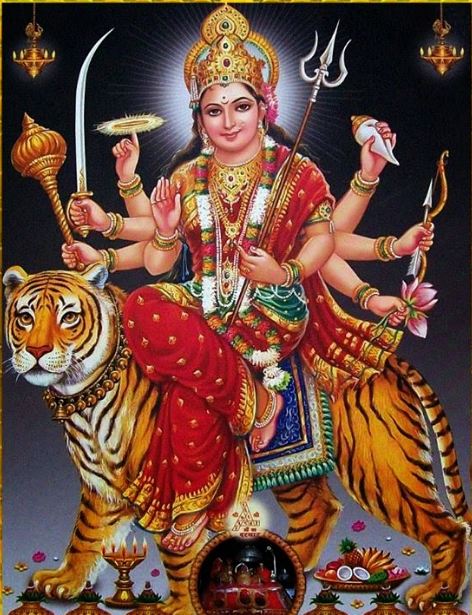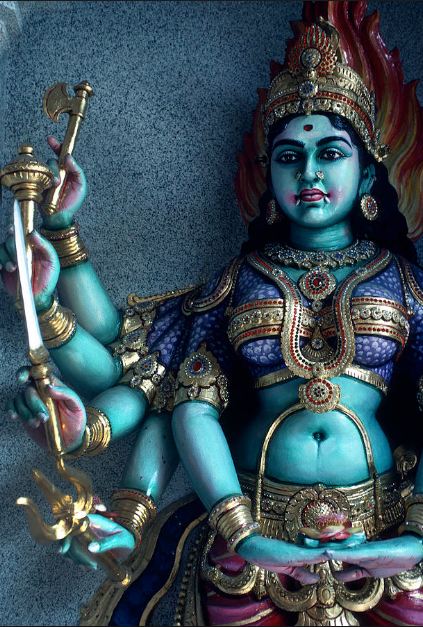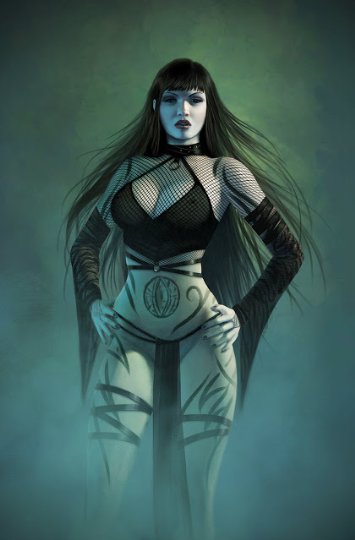Freya's themes are devotion, strength, the sun, magic and fire. Her symbols are all lions and strawberries. In Nordic heritage, Freyja's name means 'lady'. Broadly speaking, it is Her domain to look after matters of the heart. In mythology, Goddess Freya is remarkably beautiful, a mistress to the gods and She looks driving a chariot pulled by cats. When saddened, Freyja cries gold tears, and She wears a luminous gold necklace (alluding to some solar associations). A lot of folks in northern climes credit Her for teaching magic to mankind.
In astrology, people born under the sign of Leo are lively and full of Freyja's solar facet. And, such as Freyja, they're passionate, lively lovers. If your love life needs a pick-me-up, Freyja's your Goddess to phone on. Start with a bowl in case tomatoes and melted chocolate which you feed to your lover. Remember to nibble passionately while imagining into Freyja's sacred food! This may digest Freyja's energy for lovemaking. Of you are single, consume a few berries at breakfast to internalize self-love so more adoring opportunities come your way.
To improve love in different areas of your life (the love of friends, live for employment or job, etc.), wear gold-toned clothes or jewellery now to highlight Freyja's solar powers. This will give you more tenacity, focus and respect for anything you're putting your hands and heart into.
(Patricia Telesco, “365 Goddess: a daily guide to the magic and inspiration of the goddess”.)
Freya Goddess :
In Norse mythology, Freya is a Goddess associated with love, beauty, fertility, gold, seiðr, war, and death. Freyja is the owner of the necklace Brísingamen, rides a chariot driven by two cats, owns the boar Hildisvíni, possesses a cloak of falcon feathers, and, by Her husband Óðr, is the mother of two daughters, Hnoss and Gersemi. Along with Her brother Freyr, Her father Njörðr, and Her mother (Njörðr’s sister, unnamed in sources), She is a member of the Vanir. Stemming from Old Norse Freyja, modern forms of the name include Freya, Freja, Freyia, Frøya, and Freia.
Freyja rules over Her heavenly afterlife field Fólkvangr and there receives half of those that die in battle, whereas the other half go to the god Odin‘s hall, Valhalla. Within Fólkvangr is Her hall, Sessrúmnir. Freyja assists other deities by allowing them to use Her feathered cloak, is invoked in matters of fertility and love, and is frequently sought after by powerful jötnar who wish to make Her their wife. Freyja’s husband, the god Óðr, is frequently absent. She cries tears of red gold for him, and searches for him under assumed names. Freyja has numerous names, including Gefn, Hörn, Mardöll, Sýr, Valfreyja, and Vanadís.
Freyja is attested in the Poetic Edda, compiled in the 13th century from earlier traditional sources; in the Prose Edda and Heimskringla, both written by Snorri Sturluson in the 13th century; in several Sagas of Icelanders; in the short story Sörla þáttr; in the poetry of skalds; and into the modern age in Scandinavian folklore, as well as the name for Friday in many Germanic languages.
Scholars have theorized about whether or not Freyja and the Goddess Frigg ultimately stem from a single Goddess common among the Germanic peoples; about Her connection to the valkyries, female battlefield choosers of the slain; and Her relation to other Goddesses and figures in Germanic mythology, including the thrice-burnt and thrice-reborn Gullveig/Heiðr, the Goddesses Gefjon, Skaði, Þorgerðr Hölgabrúðr and Irpa, Menglöð, and the 1st century BCE Isis of the Suebi. Freyja’s name appears in numerous place names in Scandinavia, with a high concentration in southern Sweden. Various plants in Scandinavia once bore Her name, but it was replaced with the name of the Virgin Mary during the process of Christianization. Rural Scandinavians continued to acknowledge Freyja as a supernatural figure into the 19th century, and Freyja has inspired various works of art. [1]
Patricia Monaghan informs us that much from the ancient Near East, home of the lustful warrior Anat, we find a Goddess who is virtually Her double: a Scandinavian mistress of all the gods who was also the ruler of death. Leader of the Valkyries, warfare's corpse-maidens, this Goddess was also the one to whom love prayers were most effectively addressed.
The Goddess who gave Her title to the sixth day of our week, Freya was one kind of this 'large-wombed ground,' a different edition of which Her people called Frigg the celestial matron. Here was how Freya appeared to Her worshipers: the most beautiful of all Goddesses, She wore a feathered cloak over Her charming amber necklace as She rode through the sky in a chariot drawn by cats, or occasionally on a massive golden-bristled boar who could have been Her own brother, the fertility god Frey.
When Freya was in Asgard, the home of the deities, She lived on Folkvangr (‘people’s plain’) in a vast palace called Sessrumnir (‘rich in seats’). She needed such a huge palace to hold the spirit hordes She claimed on the battlefields, for the first choice of the dead was Hers, with leftovers falling to Odin. Like Persephone, the Greek death queen, Freya was also the spirit of the earth’s fertility; like Persephone too, Freya was absent from earth during autumn and winter, a departure that caused the leaves to fall and the earth to wear a mourning cloak of snow. And like Hecate, an alternate form of Persephone, Freya was the Goddess of magic, the one who first brought the power of sorcery to the people of the north.
Despite Her connection with death, Freya was never a terrifying Goddess, for the Scandinavians knew She was the essence of sexuality. Utterly promiscuous, She took all the gods as Her lovers – including the wicked Loki, who mated with Her in the form of a flea – but Her special favorite was her brother Frey, recalling Anat’s selection of Her brother Ba?al as playmate. But Freya had a husband, too, an aspect of Odin named Odr; he was the father of Her daughter Hnossa (‘jewel’). When Odr left home to wander the earth, Freya shed tears of amber. But She soon followed Odr, assuming various names as She sought him: here She was Mardol, the beauty of light on water, there Horn, the linen-woman; sometimes She was Syr, the sow, other times Gefn, the generous one. But always She was ‘mistress,’ for that is the meaning of Her own name, and a particularly appropriate double entendre it proves in Her case (p. 127 – 128).
















